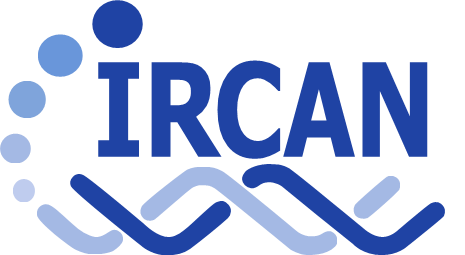Duration: 2022-2024
Funding body: ANR
This project, led by Dr. Miguel Godinho Ferreira (IRCAN) and in partnership with Pr Philippe Valet from the newly created unit UMR1301-RESTORE Institute, is expected to make significant advancements in understanding and treating age-related diseases. By leveraging the strengths of both zebrafish and mouse models, the research has promising potential for human health benefits, paving the way for innovative strategies to ensure healthy aging.
LiverSENES aims to develop new strategies for healthy aging by studying the complex interactions between cellular aging and chronic inflammation, which negatively affect tissue maintenance and repair. Laboratory experiments alone cannot capture these interactions, so the project uses animal models, particularly zebrafish, for drug development.
The zebrafish is an ideal model for this research due to its high genetic similarity to humans and the advanced genetic tools available for studying its biology. Researchers can use techniques like unbiased mutagenesis screens, gene knockdown, and overexpression technologies to dissect gene functions and molecular networks. Additionally, fluorescent markers enable the identification and tracking of specific cell types, providing a powerful system for functional studies.
One of the main advantages of using zebrafish is the ability to accelerate the pace of drug discovery. Zebrafish models allow for high-throughput drug screening, which speeds up the identification of potential treatments. Furthermore, zebrafish can be used to simultaneously test the toxicological properties of compounds on multiple organ systems, reducing the likelihood of drug failure in later stages of testing on mammals.
While zebrafish offer many benefits, transitioning to mammalian models like mice is crucial, especially for studying age-related muscle loss, known as sarcopenia. Muscle physiology in mice shares many similarities with humans, making it an effective model for translating research findings. Additionally, zebrafish and killifish are valuable for studying telomere shortening during aging, a process critical in humans but not in mice. Combining studies on fish and mice will provide a comprehensive understanding and improve the chances of successful applications in human health.

